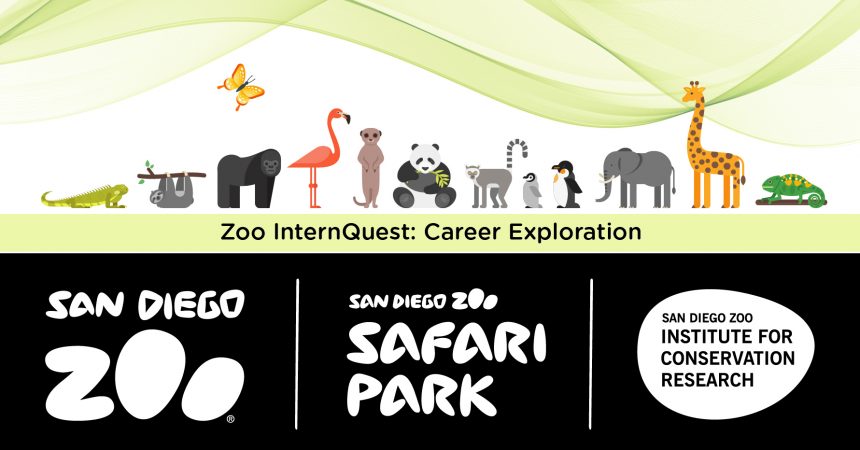Zoo InternQuest is a seven-week career exploration program for San Diego County high school juniors and seniors. Students have the unique opportunity to meet professionals working for the San Diego Zoo, Safari Park, and Institute for Conservation Research, learn about their jobs, and then blog about their experience online. Follow their adventures here on the Zoo’s website!
Torrey Pillsbury, a Senior Mammal Keeper at the Safari Park, gave us a behind the scenes look into her job. After getting experience working with horses, she decided that working with a wide variety of animals at the Safari Park was a better fit for her. Throughout her 35 years at the Park, she has worked with just about every species they currently have, and even some that are no longer there, such as the black rhino. This photo blog will take you through our visit with her and some of the key aspects of her job.
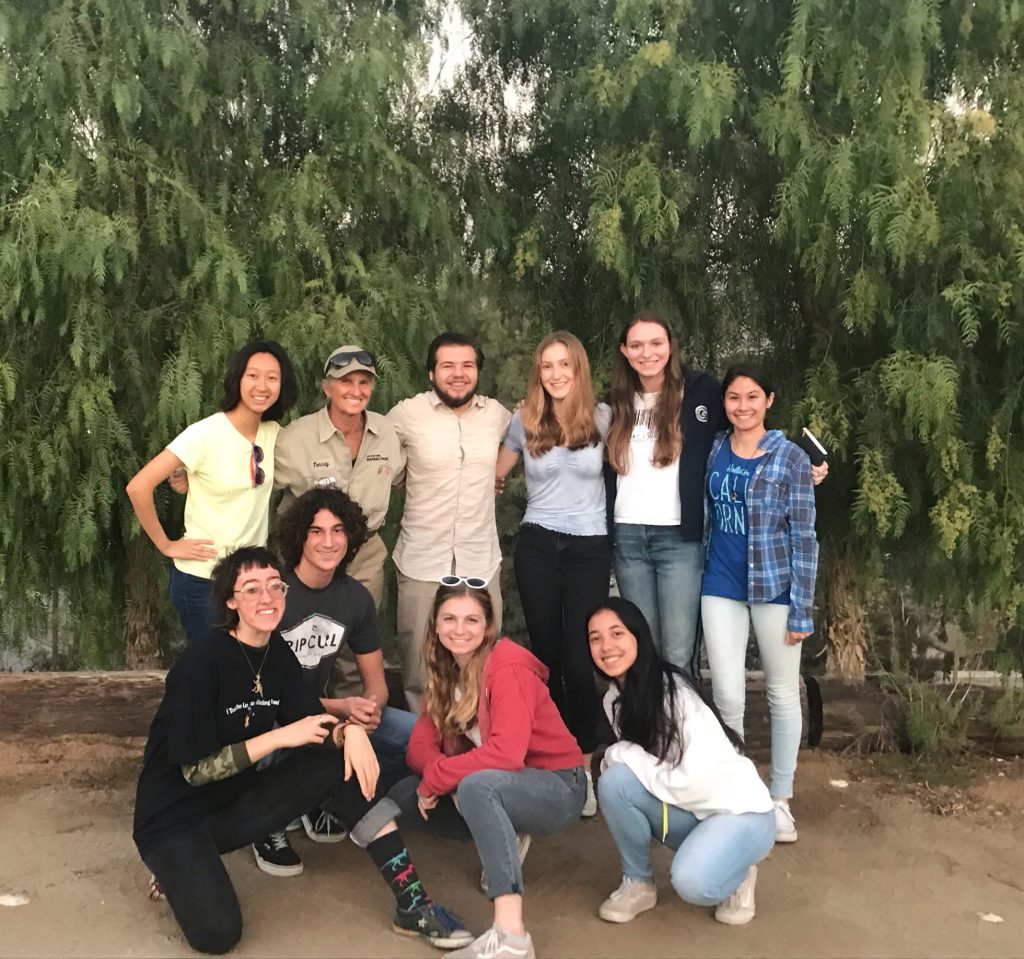
Ms. Pillsbury guided us through a few of the different parts of the Safari Park. As a Mammal Keeper she feeds, helps prepare for animal shipment to other zoos, and is responsible for cleaning some of the many exhibits at the Park. This photo is all of the interns with Ms. Pillsbury.

Ms. Pillsbury showed us around the keeper workroom in which there was a detailed whiteboard; see photo above. The weekly schedule is organized for shipments, hoof trims, and even upcoming births are mentioned. This whiteboard allows Ms. Pillsbury and her coworkers to know the events of each shift. This is the primary way for keepers to communicate on their separate schedules as well as what is occurring that day.
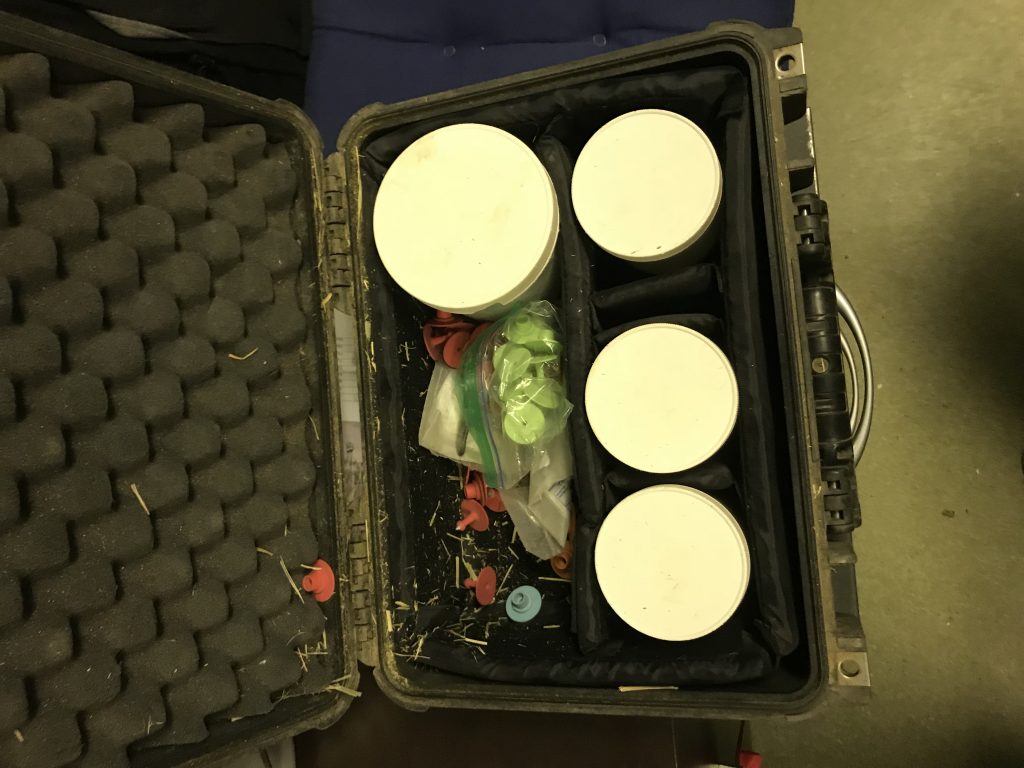
This box keeps all of the notching materials together. Notching is making a mark in an animal’s ear soon after birth to help the keepers identify and track each animal. Where the specific notch is placed corresponds to a number, and if the herd is larger than 100 that is when the color tags are used.
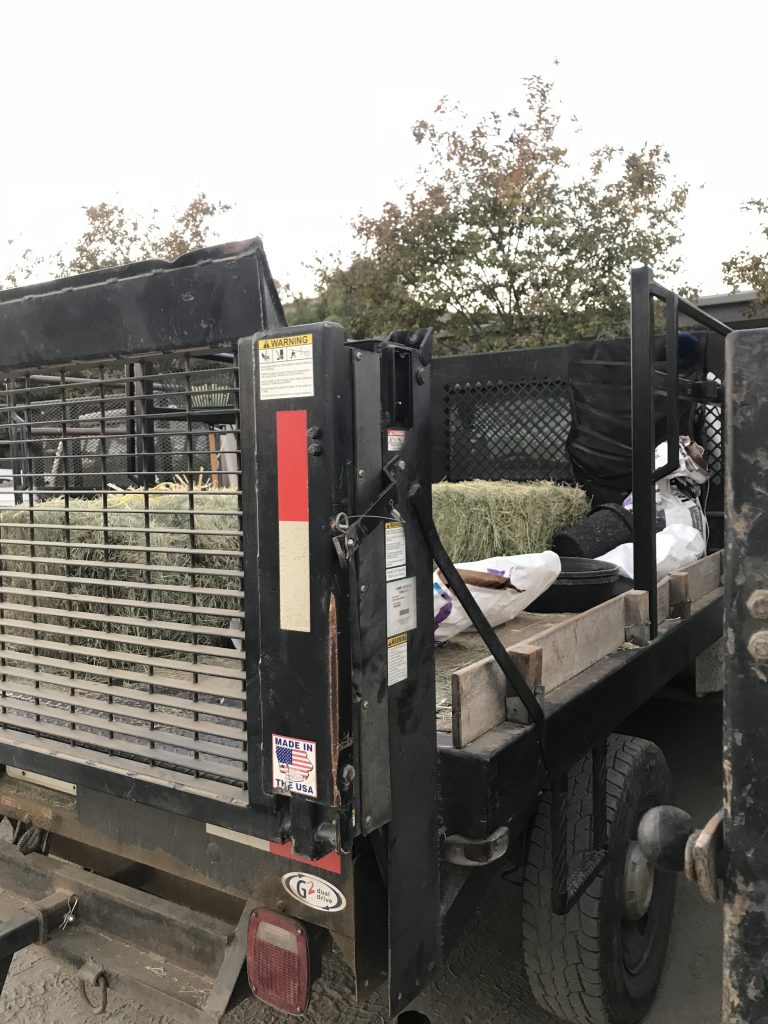
The photo above shows the back of the truck that Ms. Pillsbury drives. The truck helps her disperse food as well as complete other duties her job entails, such as looking for babies. This truck is important for Ms. Pillsbury to travel to the many animals she cares for.
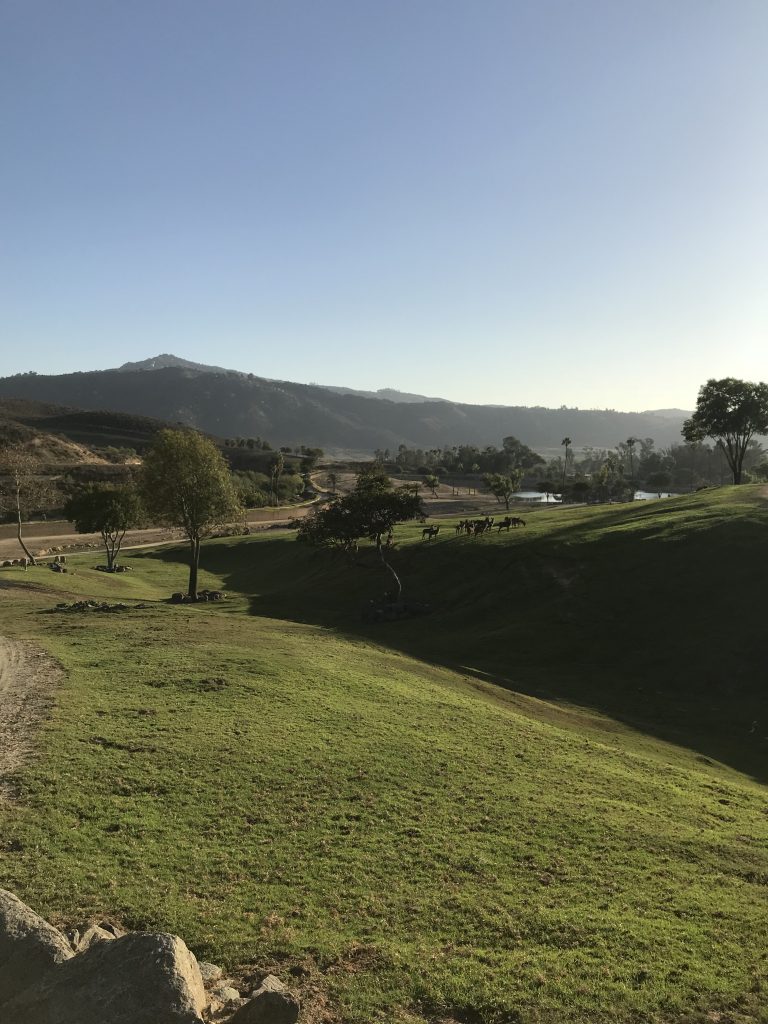
This photo is of the North Run, the area in which Ms. Pillsbury works. This means in the North Run she cares for the 200 animals that encompass it. Some species include the addax, roan, sika deer, bighorn sheep, slender-horned gazelles, and other African hoofstock.
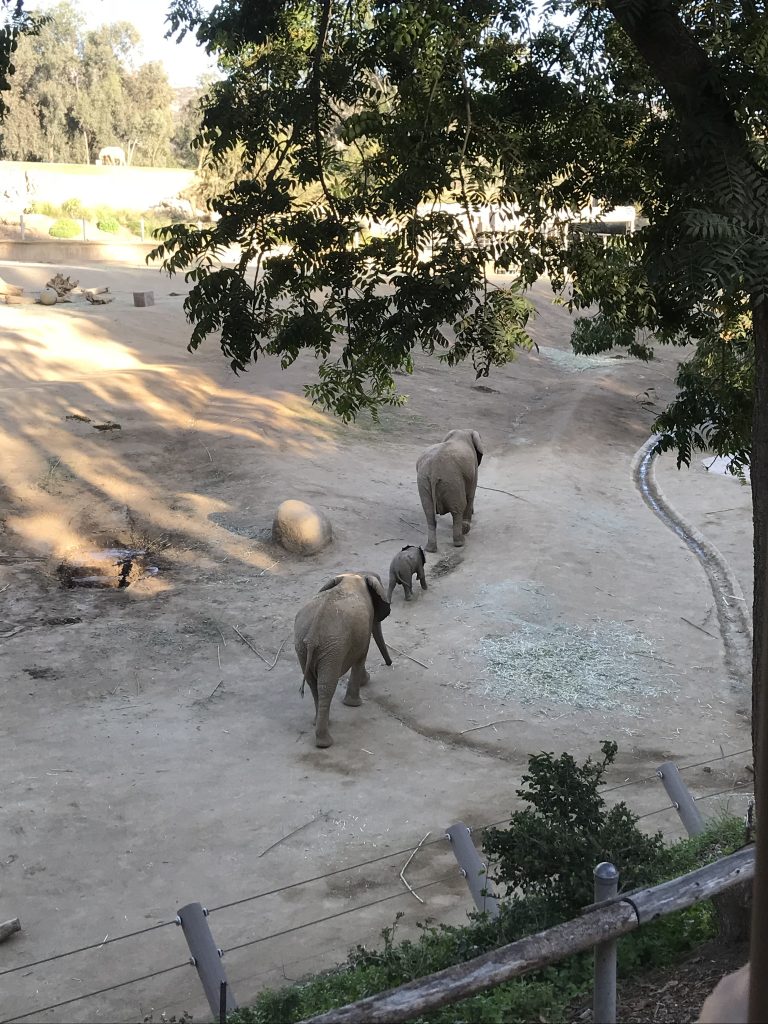
During our time with Ms. Pillsbury, we were able to go on a truck in which we were taken around the South Africa exhibit. On our way to the first stop, we passed by the elephants. Ms. Pillsbury told us that in her many years of working at the Safari Park, she worked closely with elephants back when there were still elephant shows.
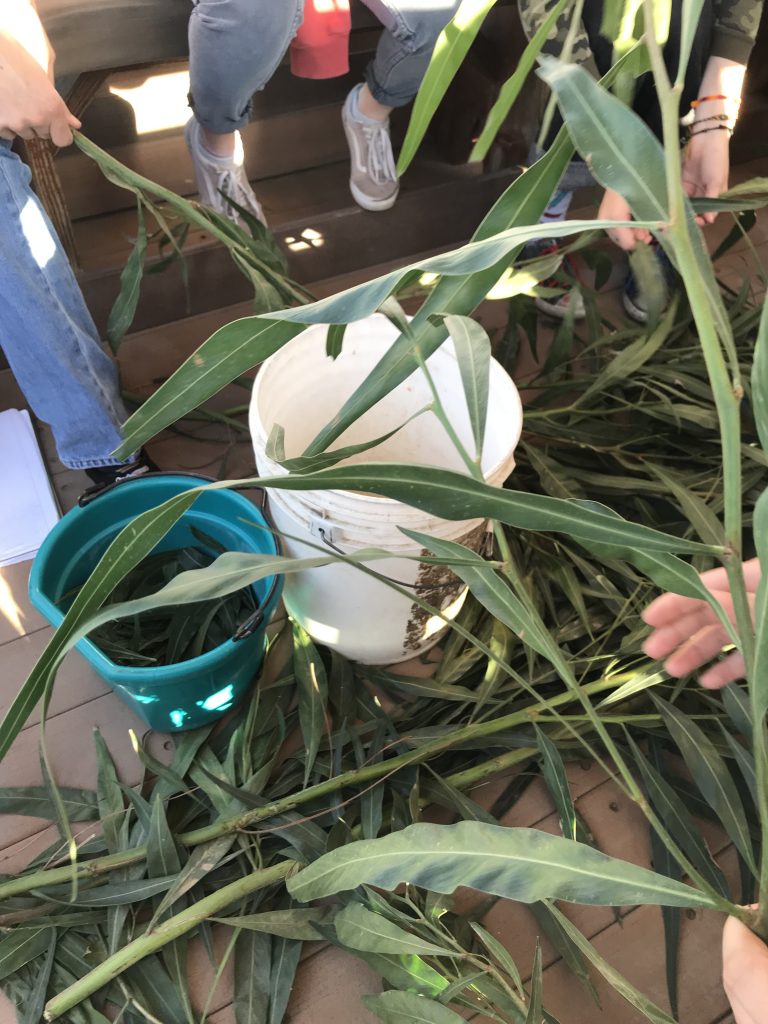
This photo shows the immense amount of acacia leaves we fed out to the giraffes.
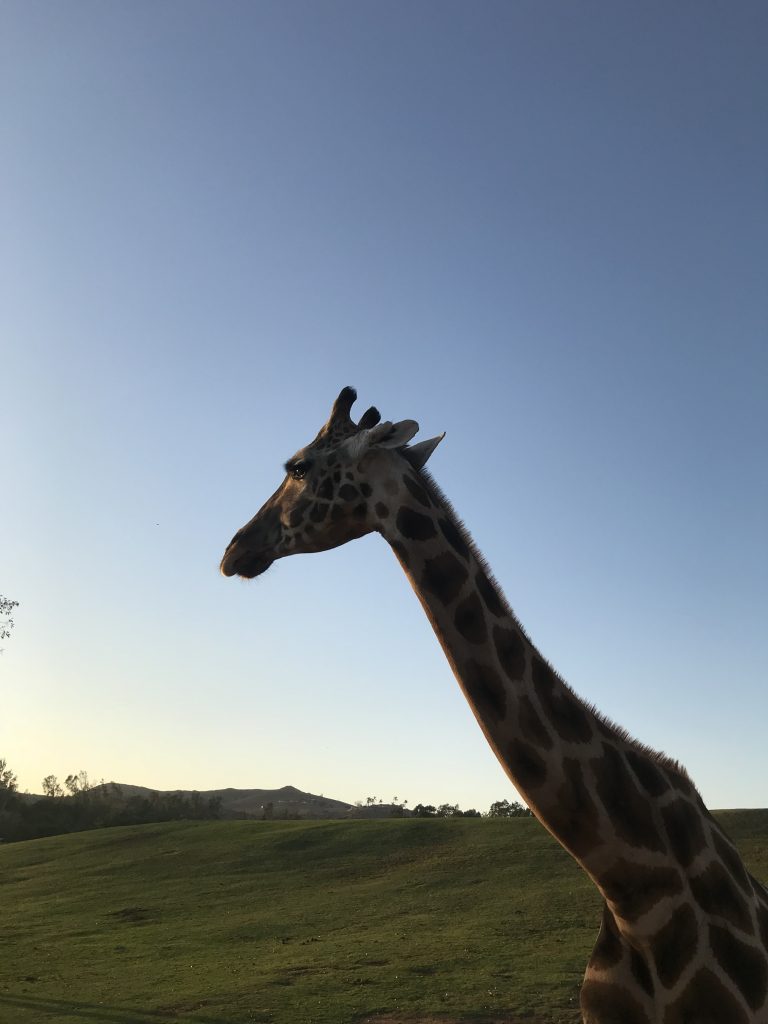
Meet Kisiwanda, a reticulated giraffe I got to personally hand feed using the acacia leaves. This is a popular premium attraction for Safari Park guests because of the exceptional interaction offered through feeding a giraffe. I, as well as the other interns, can say I will never forget what feeding a giraffe is like.
Meeting with Ms. Pillsbury was a different experience that showed the fun yet not-so-glamorous side of working with animals. She may get to work with adorable animals, but she has to make sure they are all healthy and living well. Even though that is a large part of her job, she wouldn’t have it any other way.
McKinna, Photo Team
Week Six, Fall Session 2018

